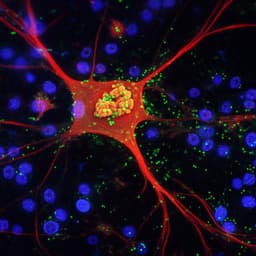
Medicine and Health
In-vivo efficacy of biodegradable ultrahigh ductility Mg-Li-Zn alloy tracheal stents for pediatric airway obstruction
J. Wu, L. J. Mady, et al.
Discover an innovative solution for pediatric laryngotracheal stenosis in this exciting study by Jingyao Wu and colleagues. They explore the potential of a biodegradable magnesium-alloy stent, demonstrating its in-vivo efficacy and safety for airway growth in rabbits. Say goodbye to invasive treatments!
~3 min • Beginner • English
Related Publications
Explore these studies to deepen your understanding of the subject.







